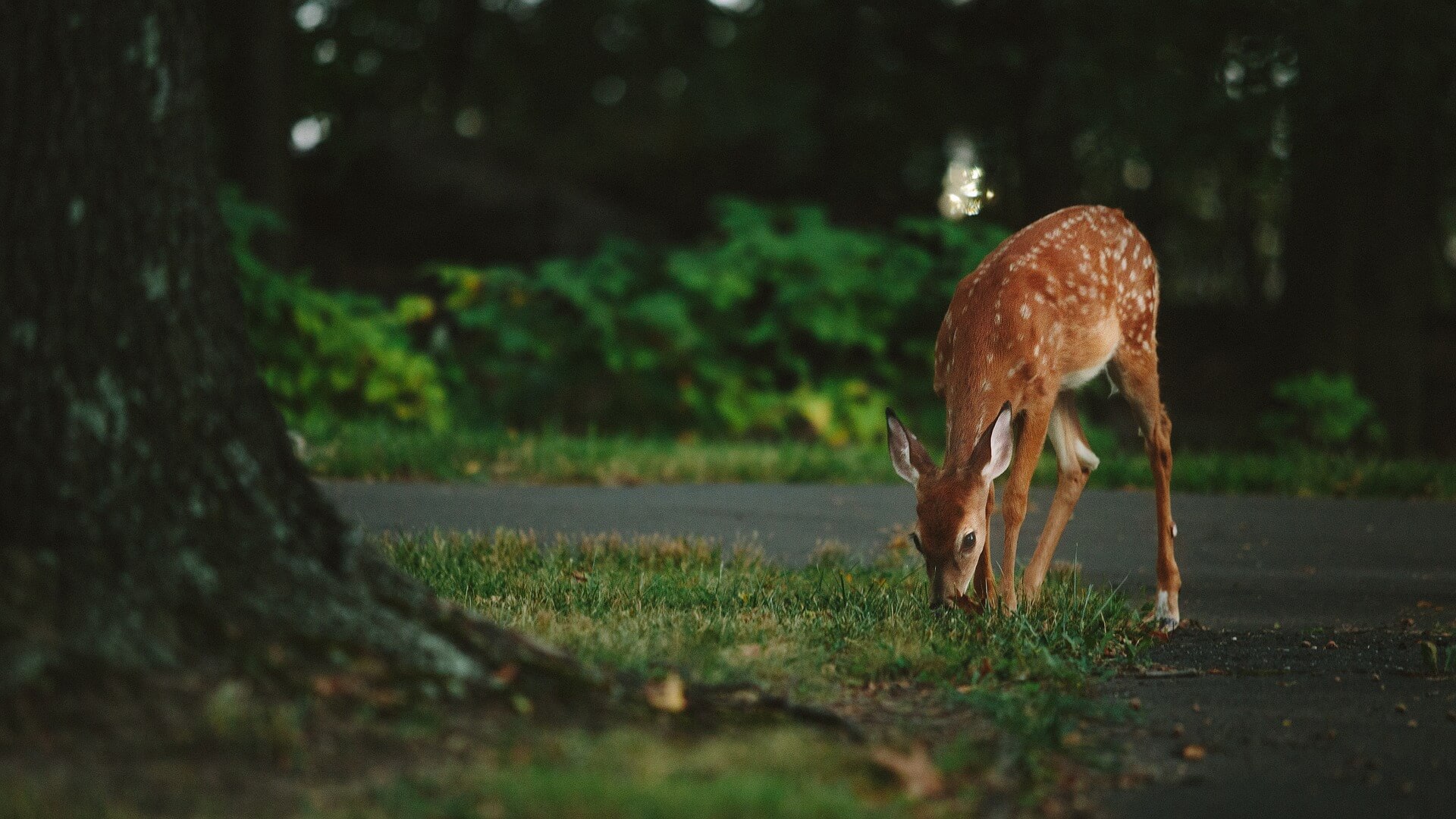Here are some tips for Minimizing Deer Damage in the Landscape!
Plant Selection
Few plants are completely Deer Resistant, but you can pick some they don’t like so much. Here are some factors to take into consideration to help with minimizing deer damage.
- Smell – Deer tend to avoid plants with strong pungent scents. For this reason most Herbs are considered Deer Resistant.
- Texture – Plants whose leaves are tough, leathery, hairy or prickly tend to be more resistant as opposed to soft tender growth.
- Taste – Plants that have a milky sap like Euphorbia aren’t particularly palatable.
If you search the internet for deer resistant plant lists, you will find that they will vary from region to region and often by the time of year. Availability of forage plays a factor as well. In times when food is not abundant, even conifers like pine and spruce are not safe.
The list of most browsed plants is easy to compile, with Roses and Euonymous at the top! Deer generally avoid ornamental grasses, Lenten Rose, Euphorbia, Salvia, Sedums, Hardy Ferns and Heuchera.
Plant Placement
Another tip for Minimizing Deer Damage is to divide your landscape into zones. Plants that deer love should be planted closest to the house. This makes them easier to manage (perhaps protected by fencing and regular applications of repellents). Also planting deer resistant plants (remember the fuzzy pungent hairy rule?) around the ones deer seem to enjoy the most will help.
Repellents
We are having great success with La Torre’s “Deer Out” repellent spray. Milorganite, an organic fertilizer that may be sprinkled in the landscape beds and smells like the dickens!
It’s probably a good idea to consider using several of these approaches at once, in order to achieve the best results.

